Do you want to enhance your beauty through image processing?
Every woman loves to do make-up. Because they want to enhance their beauty by putting makeup on their faces. What if this way becomes to change a little bit? What if a woman or man can change their appearance or enhance their beauty with one click? Is this possible? Yes, it’s possible. Then what is it called? This way is called “Image Processing”.
Before knowing “Image Processing”. We need to know what an image is.
Before we move into the topic of image processing, we need to know what an image is. The image is represented based on the number of pixels and by its dimension(height and width). This pixel is a point in the image. It takes on a specific shade, opacity, or color. It is usually represented in one of the following:
- Grayscale – A pixel is an integer with a value between 0 to 255 (0 is completely black and 255 is completely white).
- RGB – A pixel is made up of 3 integers between 0 to 255 (the integers represent the intensity of red, green, and blue).
- RGBA – It is an extension of RGB with an added alpha field, which represents the opacity of the image.
Image processing requires fixed sequences of operations, which are performed at each pixel of an image.
What is image processing?
Image processing is a method to perform some operations on an image, to get an enhanced image. In image processing, we take an image as input and the output may be the image or characteristics associated with that image. Among rapidly growing technologies image processing is one of them. Now, it has become a core research area within engineering and computer science disciplines too.
Steps of image processing:

- First of all, we need to import the image via image acquisition tools;
- Analyzing and manipulating the image
- Finally, we get the output in which the result can be an altered image or report that is based on image analysis.
Types of methods used for image processing:
- Analog image processing: It can be used for hard copies like printouts and photographs.

- Digital image processing: In this process, digital computers and algorithms are used to process digital images. It’s a subcategory of digital signal processing. The three general phases that all types of data have to undergo while using digital techniques are pre-processing, enhancement, and display, information extraction. Many of the techniques of digital image processing, or digital picture processing as it often was called, were developed in the 1960s, at Bell Laboratories, the Jet Propulsion Laboratory, Massachusetts Institute of Technology, the University of Maryland, and a few other research facilities, with application to satellite imagery, wire-photo standards conversion, medical imaging, videophone, character recognition, and photograph enhancement. The purpose of early image processing was to improve the quality of the image.
Phases of Image processing:
Acquisition– It could be as simple as being given an image that is in digital form. The main work involves:
a) Scaling
b) Color conversion (RGB to Gray or vice-versa)

Image enhancement– It is amongst the most uncomplicated and most appealing areas of Image Processing. It is also used to extract some hidden details from an image and is subjective.
Image restoration– It also deals with appealing an image but it is objective.
Color image processing– It deals with pseudo color and full-color image processing color models applied to digital image processing.
Wavelets and multi-resolution processing– It is the foundation of representing images in various degrees.
Image compression-It involves developing some functions to perform this operation. It mainly deals with image size or resolution.
Morphological processing-It deals with tools for extracting image components that are useful in the representation & description of shape.
The segmentation procedure-It includes partitioning an image into its constituent parts or objects. Autonomous segmentation is the most difficult task in Image Processing.
Representation & description-It follows the output of the segmentation stage, choosing a representation is only part of the solution for transforming raw data into processed data.
Object detection and recognition-It is a process that assigns a label to an object based on its descriptor.
Application of image processing:
Medical image retrieval:
Image processing has been extensively used in medical research. It also enabled more efficient and accurate treatment plans.
Traffic Sensing Technologies:
In the case of traffic sensors, we use a video image processing system or VIPS. This consists of
- a) An image-capturing system
- b) A telecommunication system and
- c) An image processing system.

Image Reconstruction:
It can be used to recover a missing part of an image.
Face Detection:
One of the most common applications of image processing that we use today is face detection. It follows deep learning algorithms where the machine is first trained with the specific features of human faces, such as the shape of the face, the distance between the eyes, etc. After teaching the machine these human face features, it will start to accept all objects in an image that resemble a human face. Face detection is a vital tool used in security, biometrics, and even filters available on most social media apps these days.

Advantages of Digital Image Processing:
- Improved image quality
- Automated image-based tasks
- Increased efficiency
- Increased accuracy
Disadvantages of Digital Image Processing:
- High computational cost
- Limited interpretability
- Dependence on quality of input
- Limitations of algorithms
- Dependence on good training data

The rapid growth of deep learning technologies has led to the rapid acceleration of computer vision. Which has increased the need for image-processing tools.
Writer
Sara Shahrin Moumi
Intern, Content Writing Department
Requin BD





Write a Comment